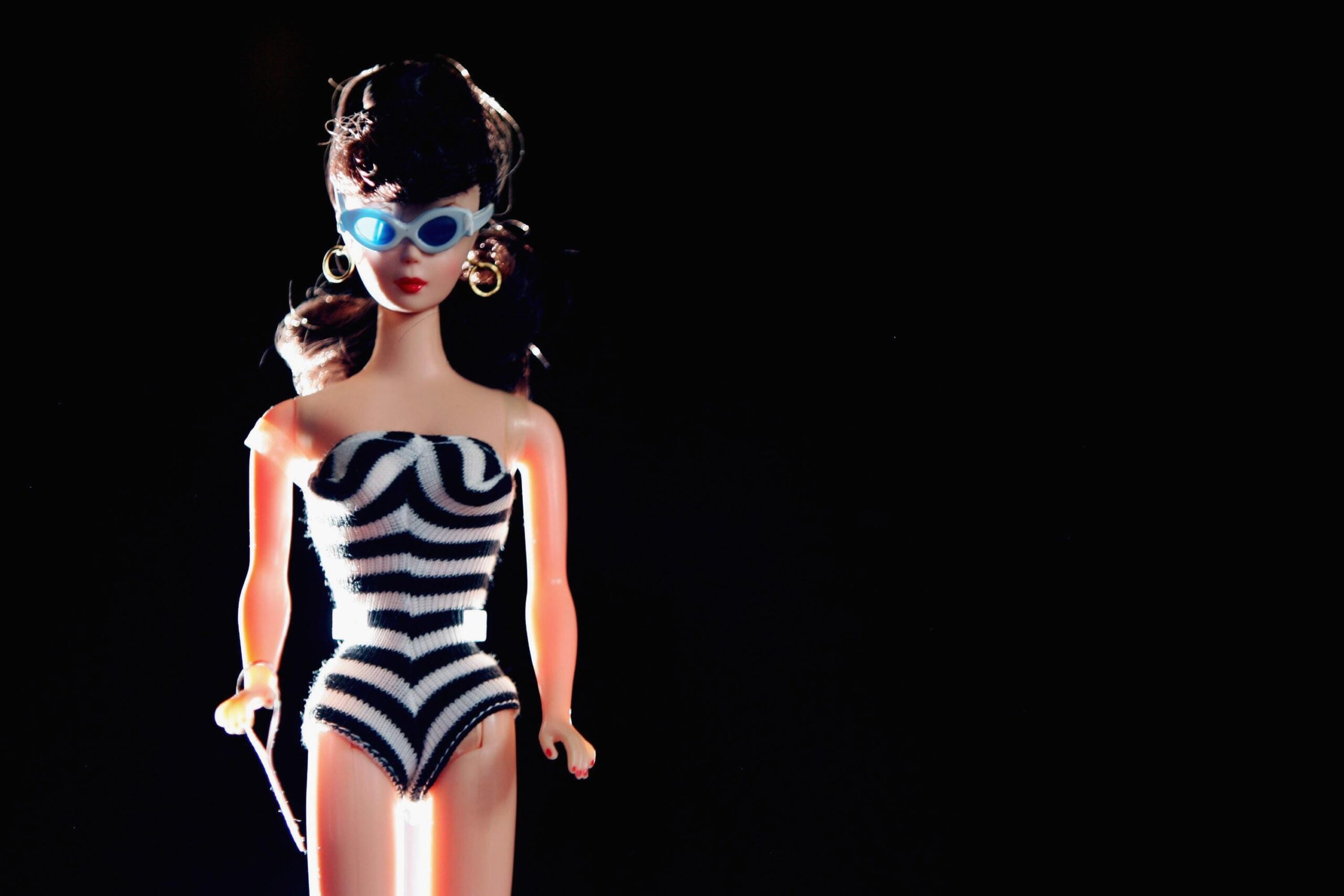
SYDNEY, AUSTRALIA – MAY 18: A Barbie doll is pictured at Leuralla NSW toy and railway museum, as … [+]
Evolving to attract new generations as a brand is an age-old challenge that seems especially precarious when you factor in the need to simultaneously digitally transform. Thanks to technological advancements, younger audiences socialize, communicate, and shop in entirely different ways than their predecessors.
Once you establish market share with a demographic, you need to consider how your consumer is aging. Will you evolve to serve a more mature consumer, try to expand your reach into secondary targets, or double-down on your original market niche?
Here’s what we can learn from some of the most iconic brands about evolving to engage new audiences.
Don’t Confuse Growth For Sustainability
After experiencing rapid growth until the 90s, LEGO famously experienced a multi-year decline that threatened the future of the business. The decline was due in part to changing play behavior in children, thanks to new technologies that were capturing their attention.
One of their key failings was confusing their rapid growth for sustainability, leading to a lack of innovation that left them open to competitive threats.
Often, companies innovate on products or product delivery in the face of market challenges, but the best time to get creative is before your company’s survival depends on it.
MORE FOR YOU
Focus On Your Core Business
In the midst of the decline, LEGO diversified into new areas to compete with technological rivals, marketing clothes and watches to young girls and ramping up theme park development. Their attempt to stay relevant by focusing away from their core business exacerbated their decline.
It wasn’t a focus on a new demographic that stymied LEGO’s recovery. It was the divergence from what made LEGO great: the creative spark and imaginative ethos, all in a family-friendly package.
Ultimately, LEGO sold off the parts of the business that weren’t aligned with their core business and it paid off. Their focus on their core business didn’t mean moving away from innovation, though.
The takeaway? When market changes occur, don’t be too quick to take on new areas in the market where your expertise and experience are lacking. When you focus on innovation around your key differentiator, you’ll fortify your brand while addressing the needs of the moment.
Pay Attention To Cultural Shifts
A few years ago, Barbie experienced a litany of negative press for promoting unrealistic body standards to young women. The brand suffered a decline in sales as a result of what many felt were outdated stereotypes of femininity and a lack of meaningful minority representation. In fact, Barbie sales had been declining since 2009 – seeing sales drop by 20% between 2012 and 2014 alone.
In recent years, however, the resurgence of the brand has been remarkable. In fact, last year, Barbie’s sales growth was the best it had been in two decades. Tapping into the cultural context was essential. The brand was able to leverage their own pitfalls to become part of the conversation about gender and inclusion, introducing new dolls and even modeling conversations about racism in a YouTube video last year. The result is continued relevance after more than 60 years on the shelves.
In 2020, Mattel’s Barbie brand generated gross sales in North America amounting to $704.2 million, surging in sales from about $558.3 million in 2019.
Gross sales of Mattel’s Barbie brand in North America from 2016 to 2020 (in million U.S. dollars) … [+]
Don’t Stop Investing In Your Brand
Well-known brands have a lot to contend with in the market, in that consumers have established ideas of who they are and what they stand for. Even if the foundation of the brand is strong, investing in your brand is a way to stay fresh and relevant with new audiences.
Take Intel, for example. A staple in the technology sector, Intel has a brand that’s associated with innovation and reliability. Staying fresh as a technology brand means staying top of mind with new generations.
Recently, they showcased the relevance of their brand among a sought after segment: gamers. In conjunction with Intel’s “Gamer Days,” the brand sponsored an innovative fundraising campaign, GiveFTW, developed by the branding firm, Caffelli. Their sponsorship provided $100,000 split between two non-profits, The Trevor Project and Oceana, and raised awareness for the non-profits by gamifying different tasks among the GiveFTW audience.
Not only did the campaign drive media impressions for Intel, but participants reported a better understanding of the sponsor’s values, and an increased positive sentiment about the brand.
Competition and cultural shifts are likely to be consistent challenges to maintaining market share. To stay ahead of the game, continue to innovate during periods of growth. When you need to make a change, stay true to your core competencies, continue to invest in your brand, and don’t be afraid to evolve your story as culture evolves.






